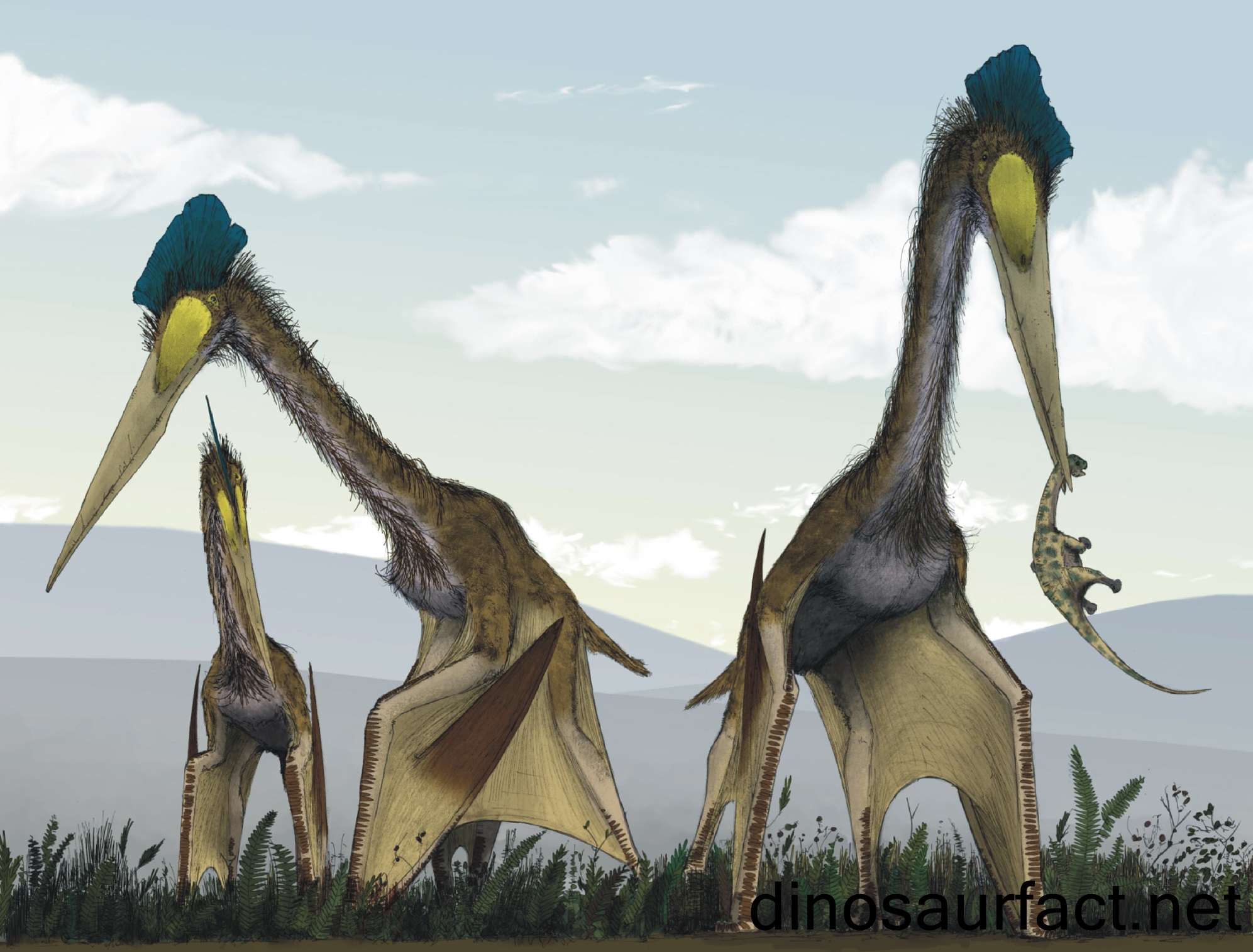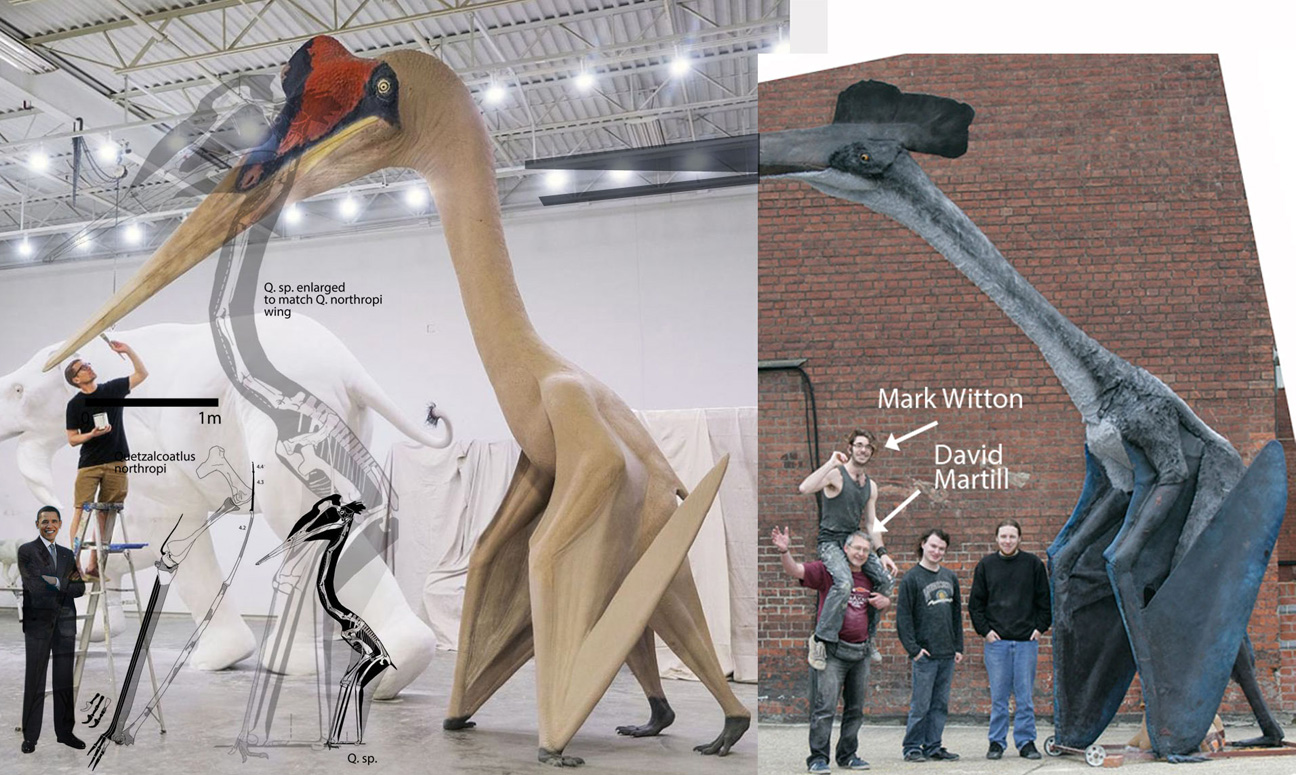
"This is the first real look at the entirety of the largest animal ever to fly, as far as we know. "This ancient flying reptile is legendary, although most of the public conception of the animal is artistic, not scientific," said Padian, who co-edited the monograph. How can an animal walk with wings so long that they touch the ground when folded? What did it eat, and how did it feed? How strong a flier was it? And how does an animal whose wings span 40 feet, yet whose legs are only 6 feet high at the hip, launch itself into the air? One of the papers, co-authored by University of California, Berkeley, paleontologist Kevin Padian, emeritus professor of integrative biology and emeritus curator in the UC Museum of Paleontology, answers some of the mysteries surrounding the flying and walking behavior of this unique animal, about which little has been published since its discovery more than 45 years ago.


The papers describe the pterosaur's geological and ecological setting during the Upper Cretaceous, its anatomy and taxonomic position, and how it moved on the ground and in the air.

In six papers published this week as a Memoir by the Society of Vertebrate Paleontology, scientists and an artist provide the most complete picture yet of this dinosaur relative, the largest example of which is represented by just a single set of fossilized bones collected in the late 1970s from Big Bend National Park. With a 37- to 40-foot wingspan, it was the largest flying animal that ever lived on Earth. “Never before has so much detailed information on azhdarchids (the pterosaur family that includes Quetzalcoatlus) been gathered in the same place, this meaning that the work will serve as the standard go-to study of this group for years – probably decades – to come,” concluded vertebrate paleontologist Darren Naish.īy Andrei Ionescu, Earth.But 70 million years ago, along the Rio Grande River in Texas, a more impressive and scarier creature stalked the marshes: the 12-foot-tall pterosaur known as Quetzalcoatlus. While the larger Quetzalcoatlus might have lived like today’s herons, hunting alone in rivers and streams, the smaller species appeared to flock together in lakes with at least 30 individuals found at a single fossil site. The researchers also found more details about these dinosaurs’ possible habitats and behaviors.

“Pterosaurs have huge breast bones, which is where the flight muscles attach, so there is no doubt that they were terrific flyers,” said collection co-editor Kevin Padian, an emeritus professor and emeritus curator at the University of California, Berkeley.Īlthough scientists previously assumed that the pterosaur rocked forward on its wingtips like a vampire bat, or built up speed by running and flapping like an albatross, these new analyses suggest that it may have initially jumped at least eight feet into the air before lifting off by flipping its wings. Later on, they applied their insights to its larger cousin too. This offered the scientists the possibility to reconstruct an almost complete skeleton and study the ways in which it moved and flew. While the larger species is known from only around a dozen bones, hundreds of fossils from the smaller species were discovered. The in-depth study of all confirmed and suspected Quetzalcoatlus bones led to the identification of two new pterosaur species, including a smaller one, with an 18-to-20-foot wingspan, which was named Quetzalcoatlus lawsoni, in the honor of Douglas Lawson, the geologist who discovered the bones in 1971.


 0 kommentar(er)
0 kommentar(er)
